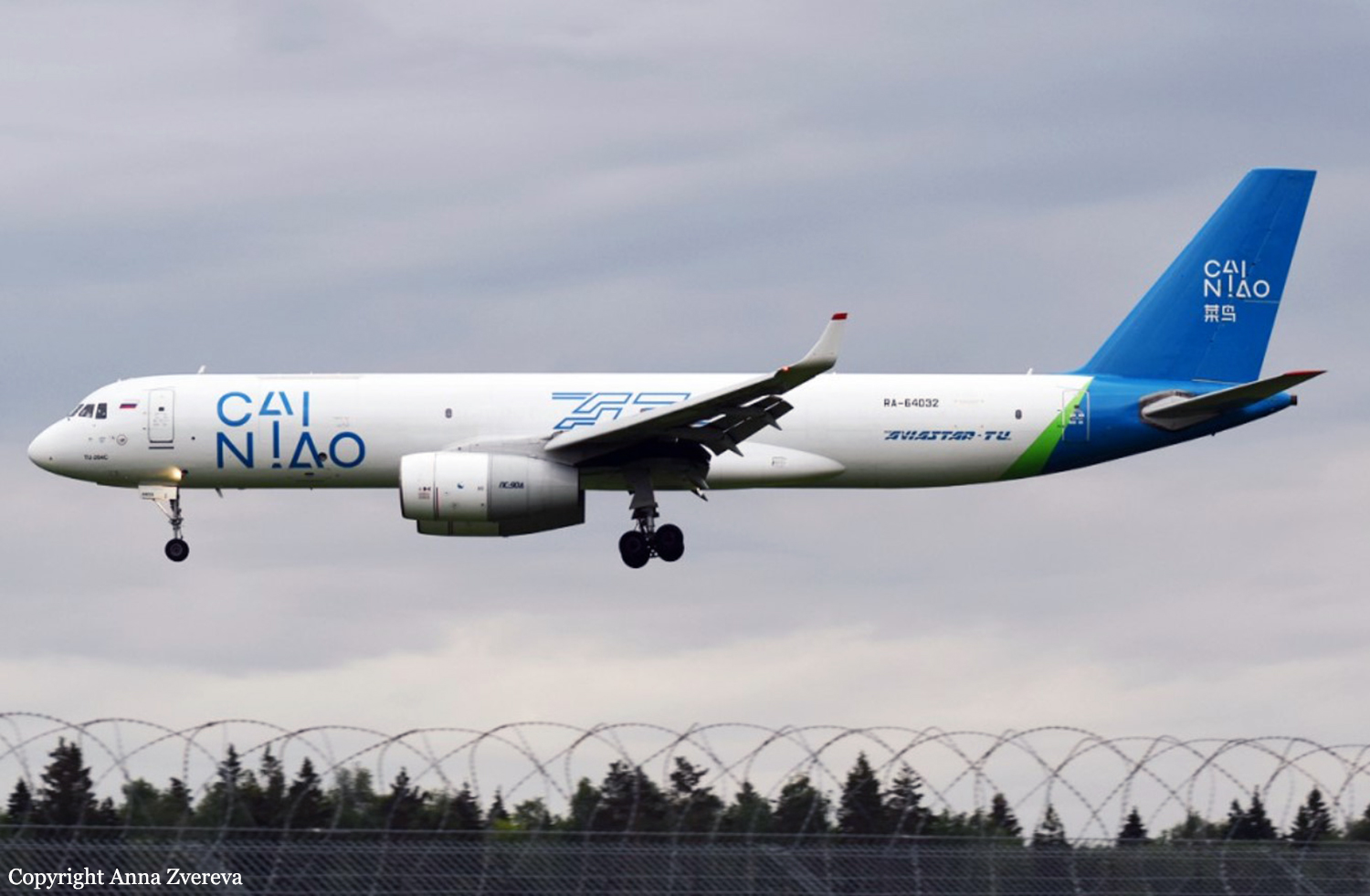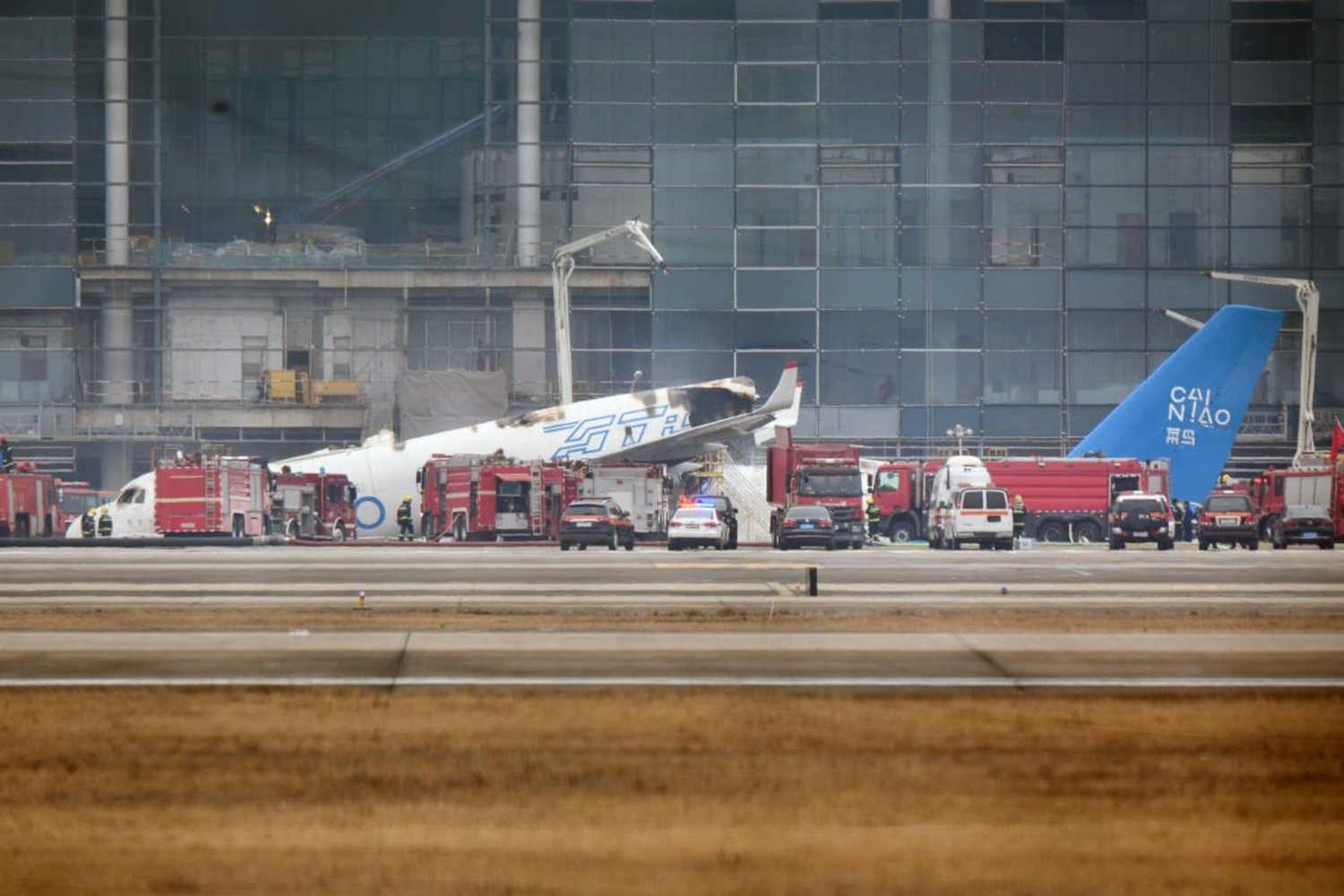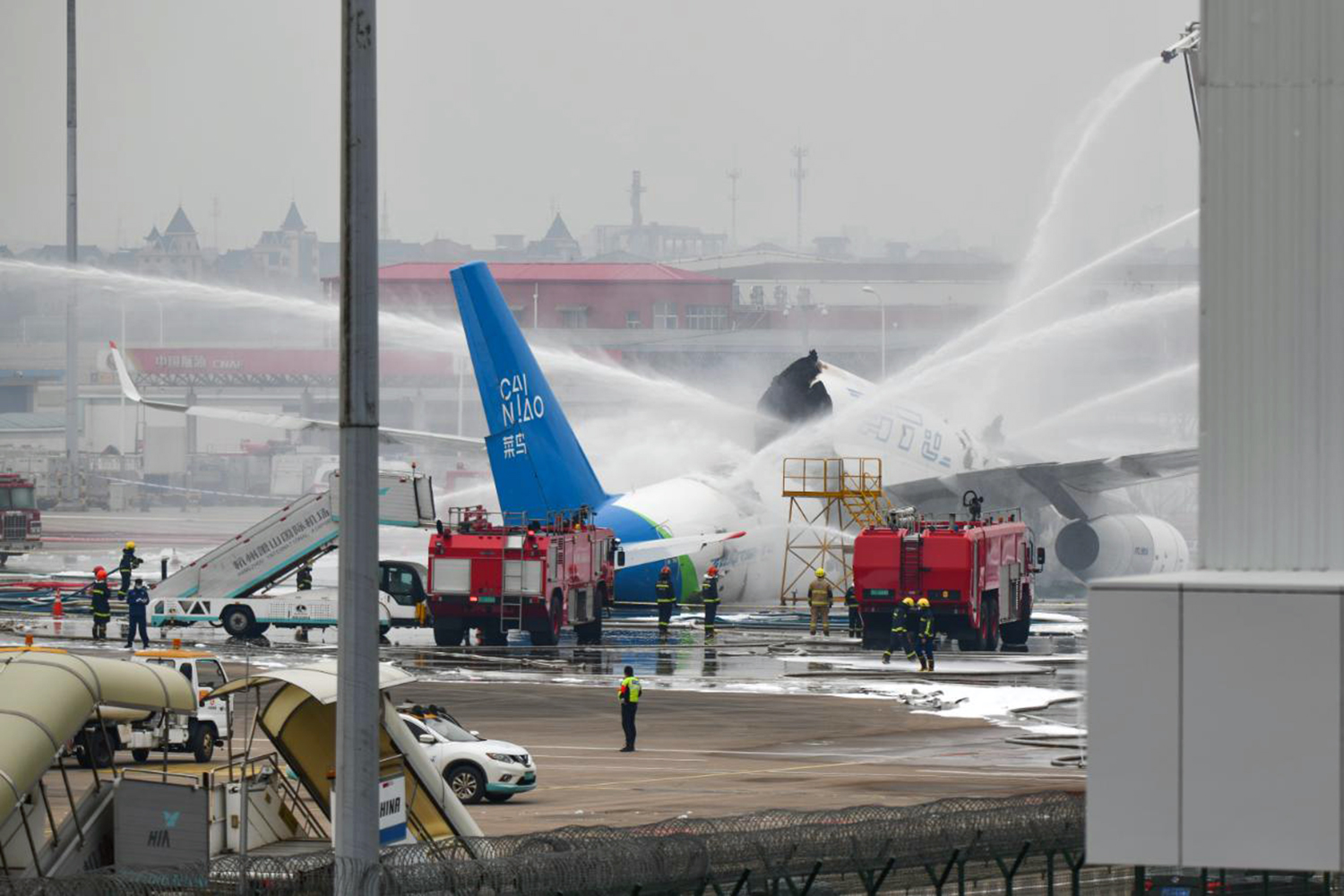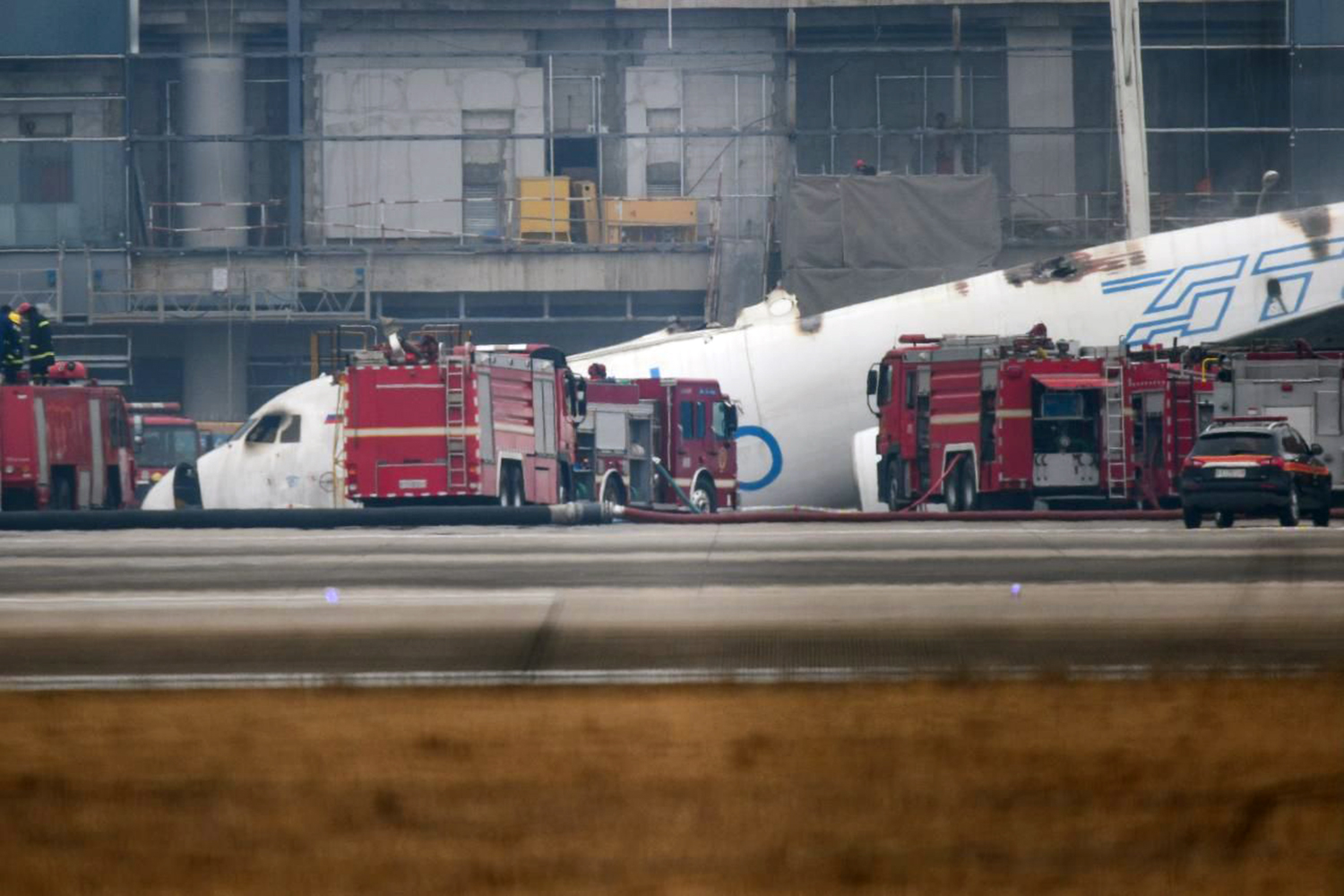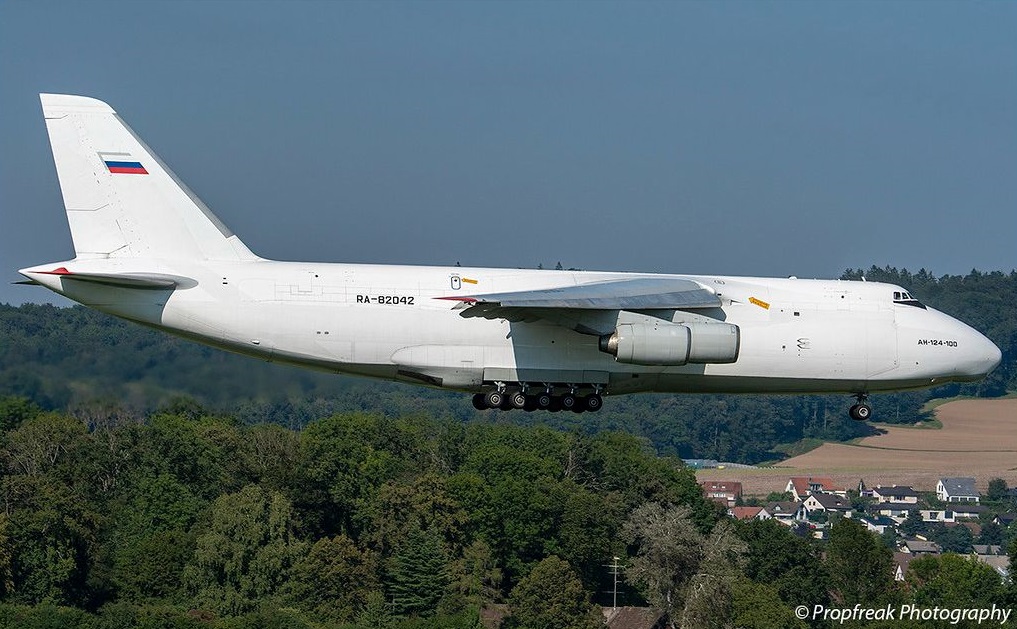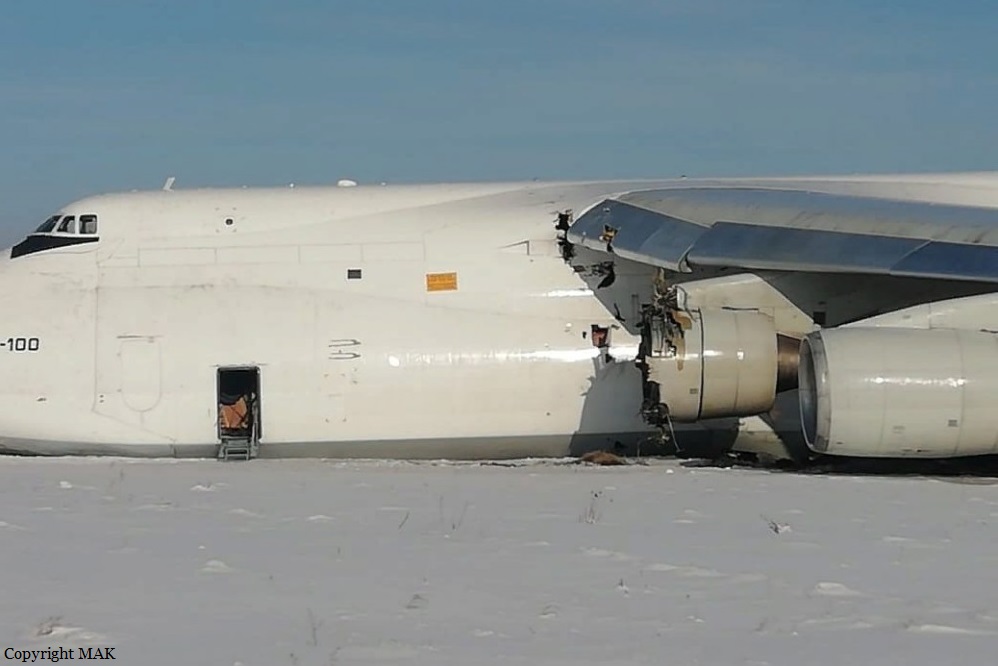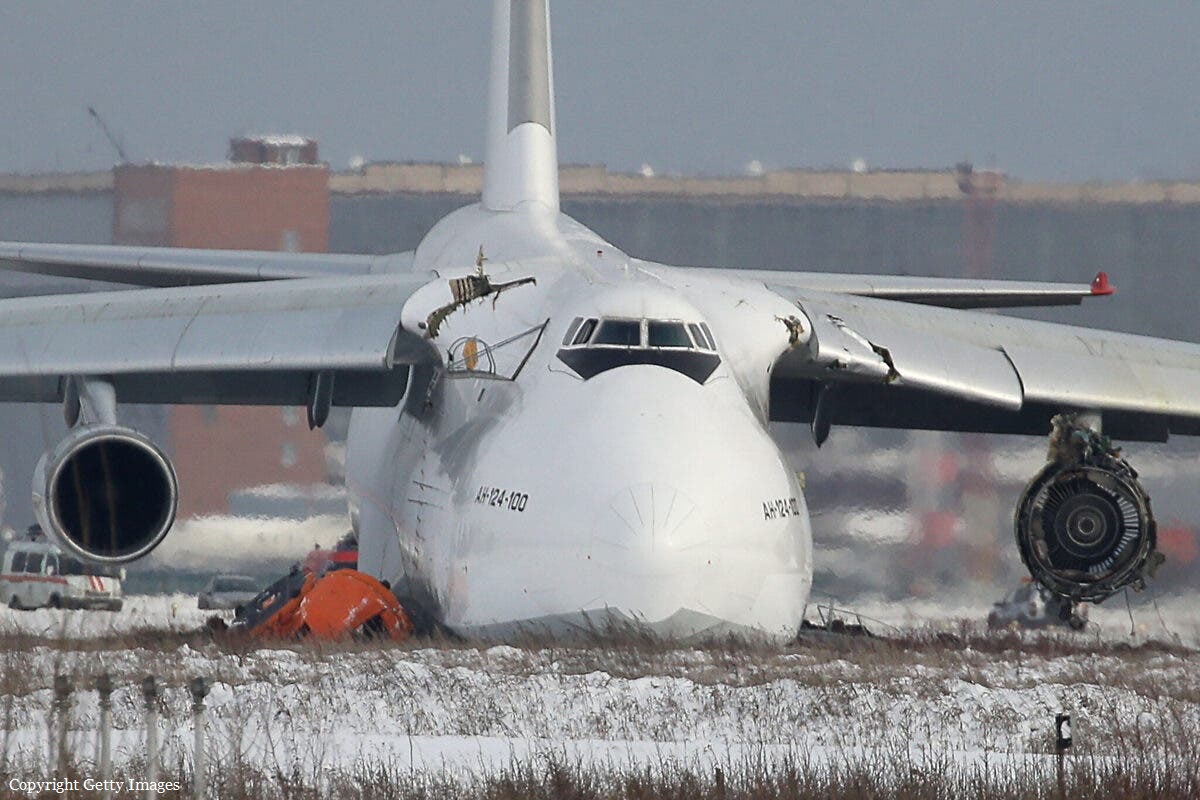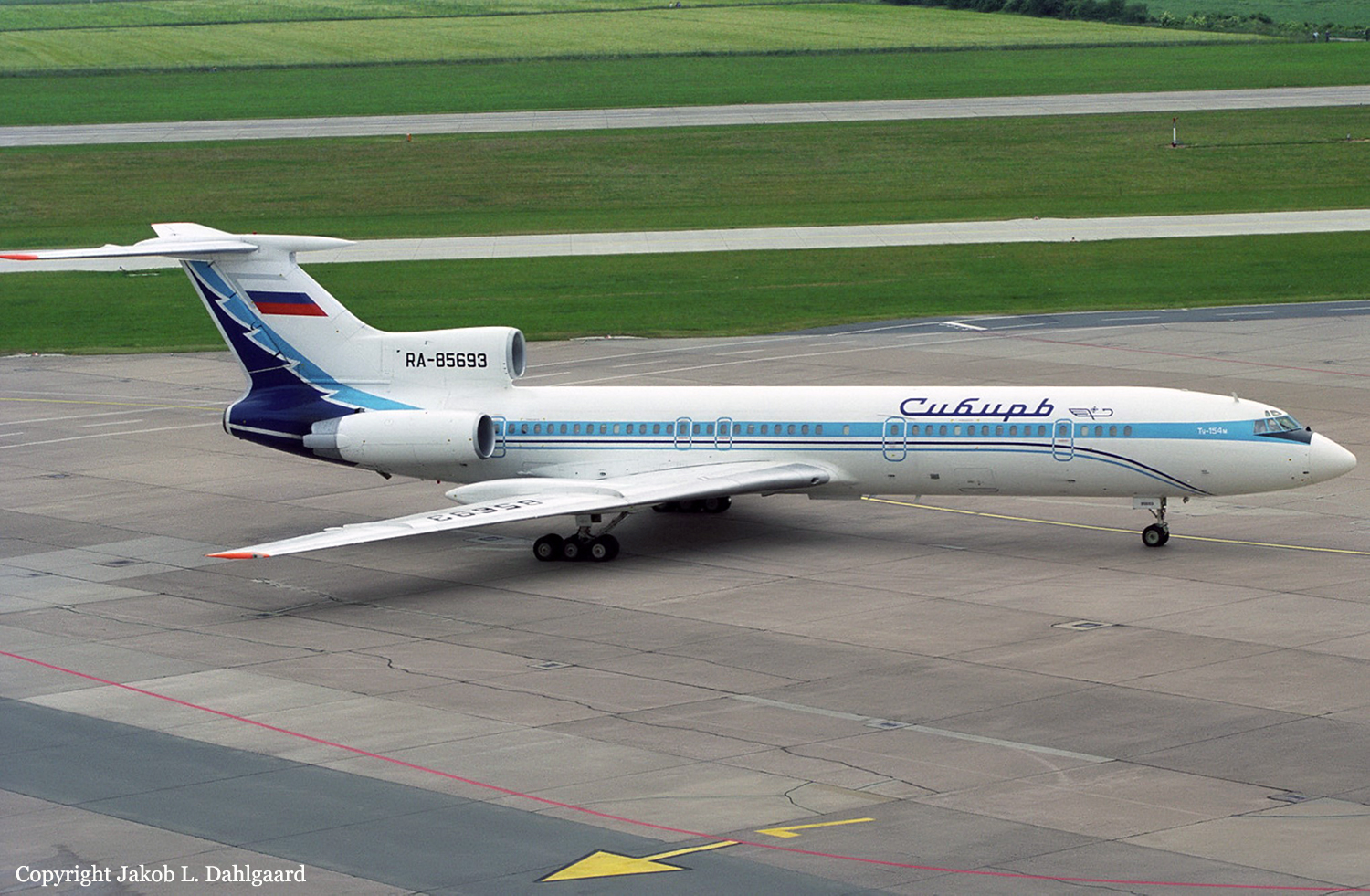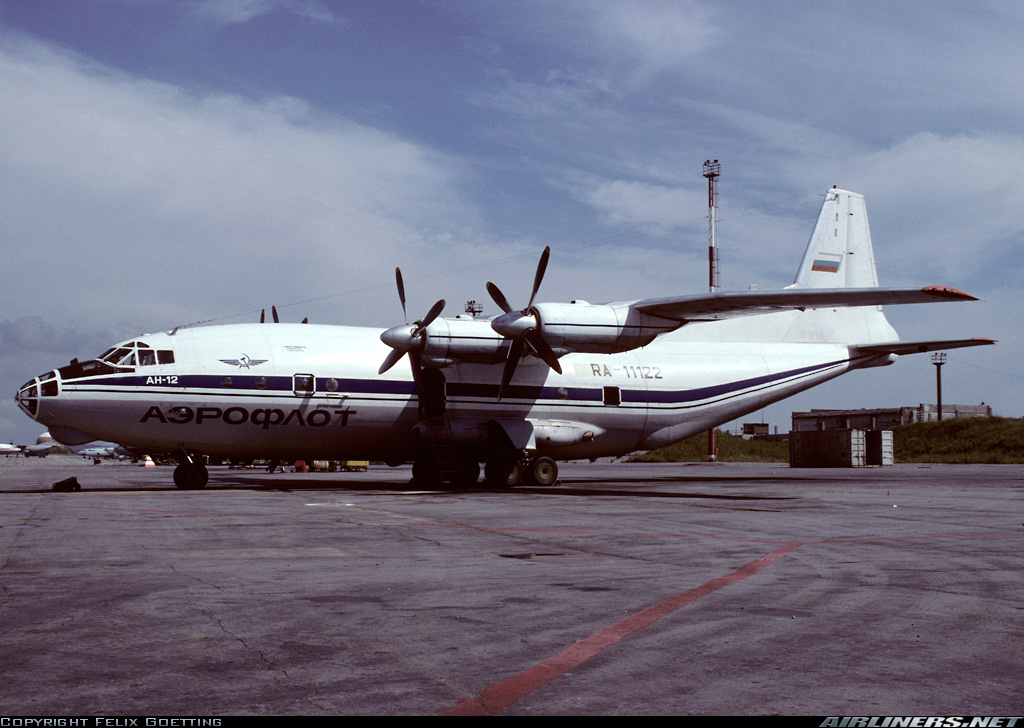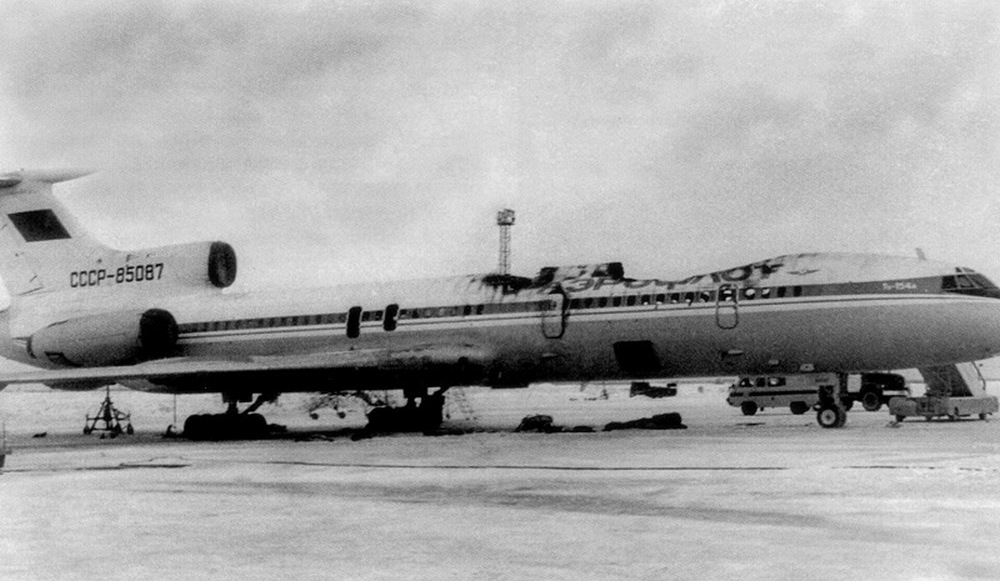Ground fire of a Tupolev TU-204-100C in Hangzhou
Date & Time:
Jan 8, 2022 at 0440 LT
Registration:
RA-64032
Survivors:
Yes
Schedule:
Hangzhou - Novosibirsk
MSN:
145074 2 2 64032
YOM:
2002
Flight number:
4B6534
Crew on board:
8
Crew fatalities:
Pax on board:
0
Pax fatalities:
Other fatalities:
Total fatalities:
0
Circumstances:
Parked on the apron at Hangzhou-Xiaoshan Airport, the airplane was prepared for a cargo service to Novosibirsk with 8 crew members and a load of 20 tons of various goods on board. A fire erupted in the cargo compartment. The crew evacuated the aircraft and was uninjured while the aircraft was partially destroyed by fire and broke in two.
